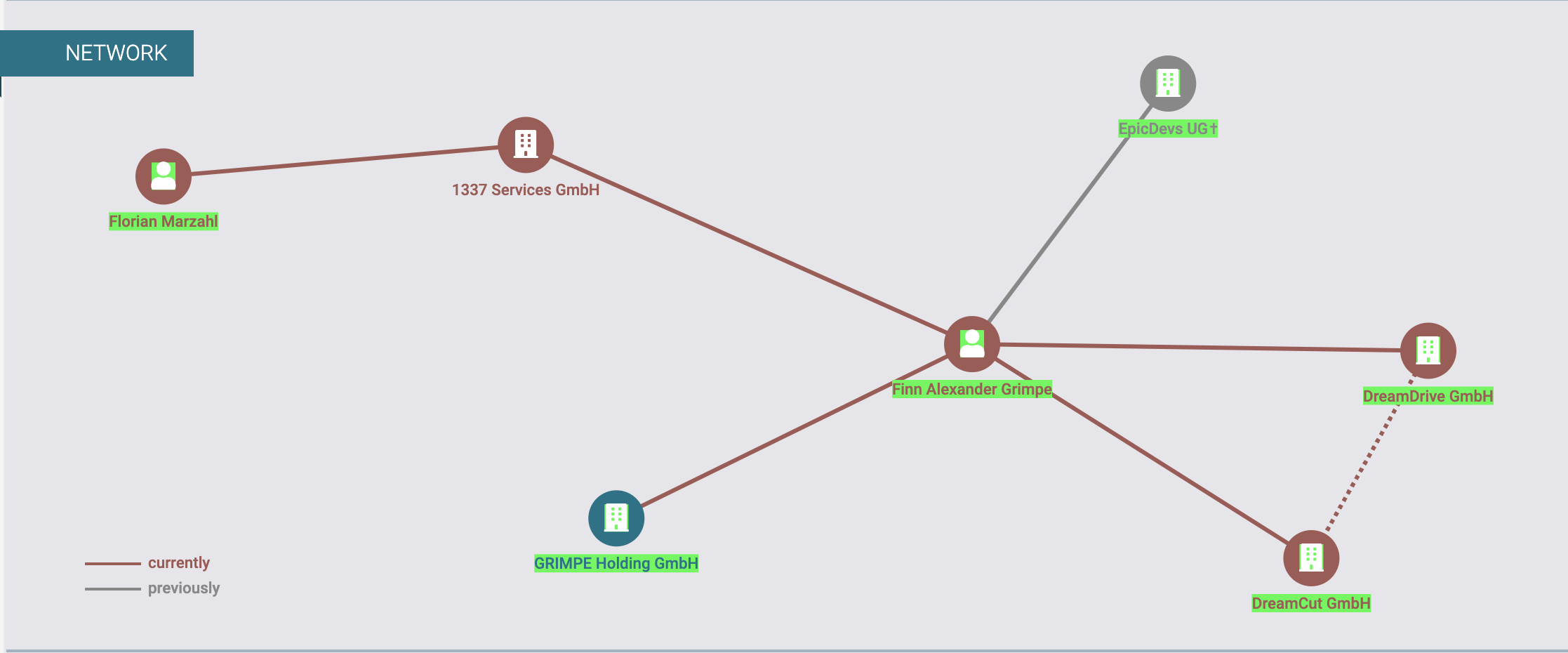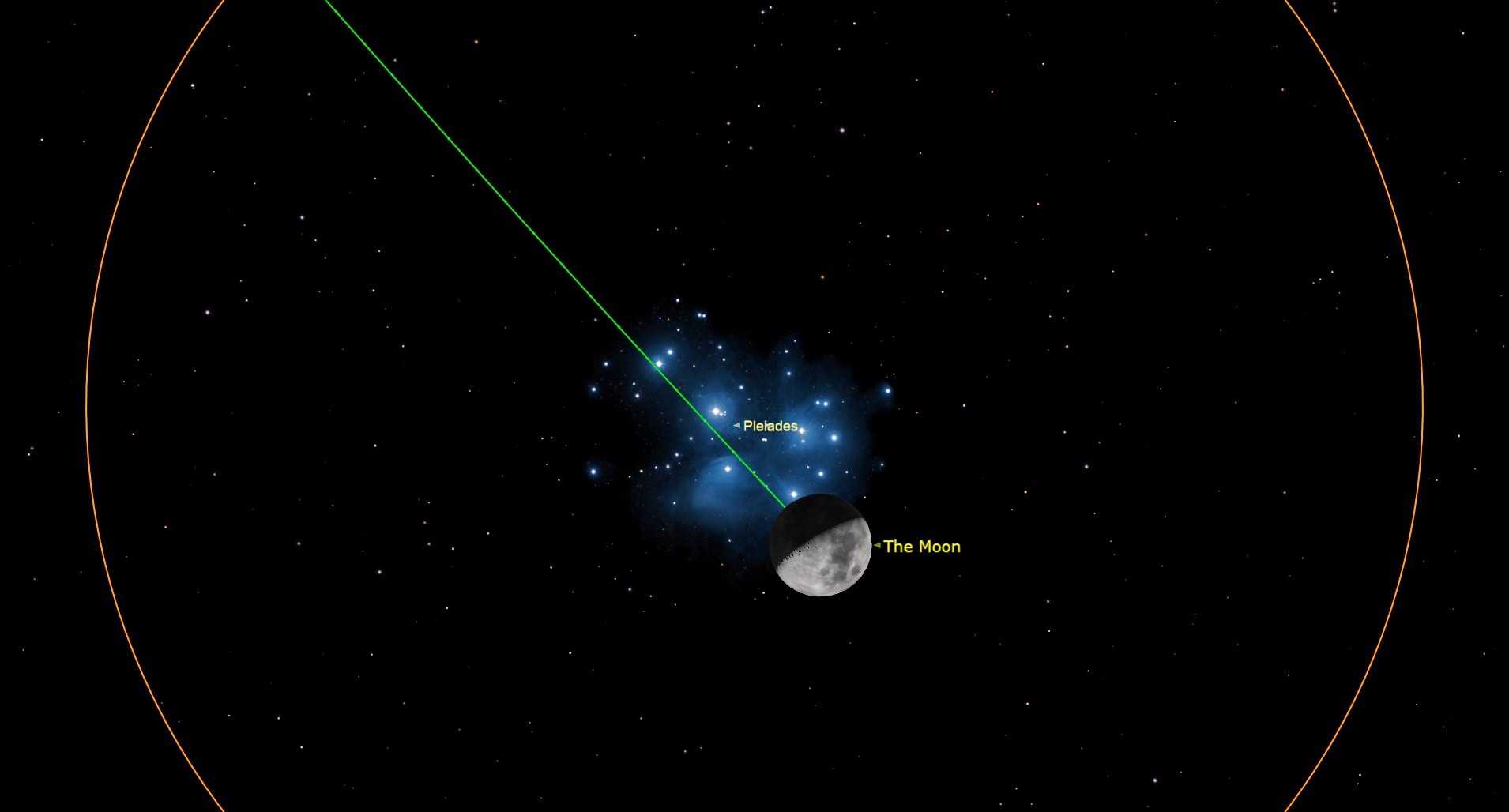Text Preprocessing for NLP: A Step-by-Step Guide to Clean Raw Text Data
Natural Language Processing (NLP) is at the heart of many groundbreaking applications, from chatbots and virtual assistants to sentiment analysis and machine translation. However, before any NLP model can perform effectively, the raw text data must undergo preprocessing. This crucial step ensures the text is clean, standardized, and ready for analysis, enabling models to extract meaningful insights and make accurate predictions. Building a Natural Language Processing (NLP) project involves several key stages, from collecting raw text data to deploying a fully functional model. Each stage plays a crucial role in ensuring that the NLP system is accurate, efficient, and reliable. Picture above depicts step-by-step of a typical NLP pipeline. In this section, we will explore the essential steps of text preprocessing — from tokenization to language detection — and demonstrate how to implement them using Python. Whether you’re a beginner or an experienced data scientist, this hands-on approach will help you understand how to transform unstructured text into a format suitable for NLP applications. Let’s get started!

Natural Language Processing (NLP) is at the heart of many groundbreaking applications, from chatbots and virtual assistants to sentiment analysis and machine translation. However, before any NLP model can perform effectively, the raw text data must undergo preprocessing. This crucial step ensures the text is clean, standardized, and ready for analysis, enabling models to extract meaningful insights and make accurate predictions.
Building a Natural Language Processing (NLP) project involves several key stages, from collecting raw text data to deploying a fully functional model. Each stage plays a crucial role in ensuring that the NLP system is accurate, efficient, and reliable. Picture above depicts step-by-step of a typical NLP pipeline.
In this section, we will explore the essential steps of text preprocessing — from tokenization to language detection — and demonstrate how to implement them using Python. Whether you’re a beginner or an experienced data scientist, this hands-on approach will help you understand how to transform unstructured text into a format suitable for NLP applications. Let’s get started!












































































